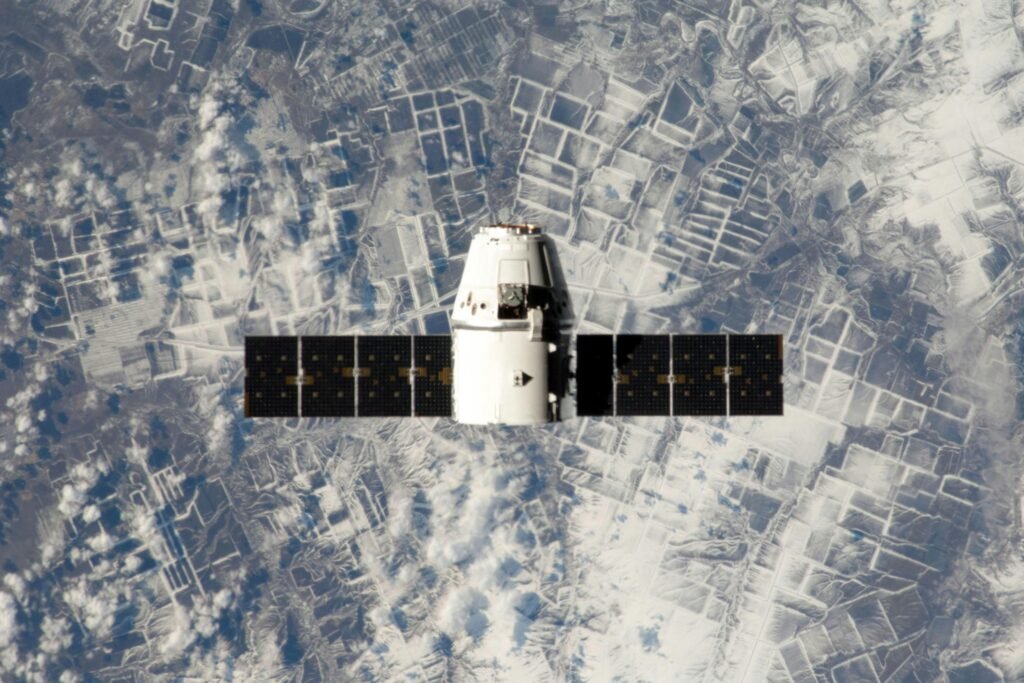
yIn an era where agility, precision, and cost-efficiency define the edge in data collection, Small Format Aerial Photography (SFAP) is gaining momentum as a versatile tool across industries. With lightweight cameras mounted on drones, kites, or balloons, this method offers detailed aerial imagery without the overhead of traditional aerial surveys.
What is Small Format Aerial Photography?
SFAP refers to aerial imagery captured using compact, lightweight cameras — typically with sensors smaller than 35mm. These cameras are often deployed using consumer-grade drones, making the technology accessible, mobile, and efficient.
Rather than relying on aircraft or satellites, SFAP offers a low-altitude, high-resolution alternative that thrives in localized missions. It enables users to collect tailored spatial data with minimal logistical complexity.
Applications Across Sectors
- Agriculture: Smart Farming from Above
Farmers and agritech firms increasingly use SFAP to monitor crop health, optimize irrigation, and detect early signs of pests or disease. With multispectral imaging and NDVI analysis, they can pinpoint issues at the plant level, making precision agriculture more accessible than ever. - Urban Planning and Infrastructure
SFAP aids architects, engineers, and planners in generating up-to-date maps for informal settlements, tracking construction progress, and inspecting infrastructure like roads and bridges. The speed of deployment and up-to-date visuals make it ideal for urban analytics. - Environmental Monitoring & Conservation
From tracking deforestation in remote jungles to monitoring coastal erosion or endangered species habitats, SFAP offers conservationists a non-invasive way to collect recurring imagery — often in difficult-to-access regions. Its integration with GIS and AI also enhances long-term environmental monitoring. - Cultural Heritage & Archaeology
Researchers use SFAP for site mapping, excavation planning, and even 3D reconstructions of heritage sites. The affordable, portable nature of this method enables fieldwork in remote and sensitive archaeological zones without disrupting the environment.
Why Choose SFAP?
✔️ Lightweight & Portable
Quick setup, small footprint, and ideal for remote or constrained areas.
✔️ Affordable & Scalable
Perfect for small teams or NGOs without large aerial survey budgets.
✔️ Customizable & Frequent Monitoring
SFAP allows you to fly when and where needed — enabling high-frequency data collection.
✔️ Ready for AI & Automation
With standardized image outputs, SFAP integrates easily with AI-driven analysis tools and GIS platforms, unlocking new layers of decision-making.
Global Use Cases: From Farms to Volcanoes
-Kenya: SFAP helps monitor crop yield and livestock grazing patterns.
-Iceland: Volcanologists use it to document lava flows and glacial shifts.
-Peru: Archaeologists map ancient ruins without intrusive methods.
-California: Startups leverage drone-based SFAP for construction analytics and real estate.
The Future: Smarter, More Autonomous Aerial Insights
As AI, edge computing, and computer vision continue to evolve, the role of SFAP will expand far beyond basic imaging. Soon, we can expect:
-Real-time object detection
-Predictive analytics for environmental risks
-Automated flight planning based on mission objectives
-Seamless cloud integration for distributed teams
In short: SFAP is not just about images from above — it’s about actionable insights on the ground.
